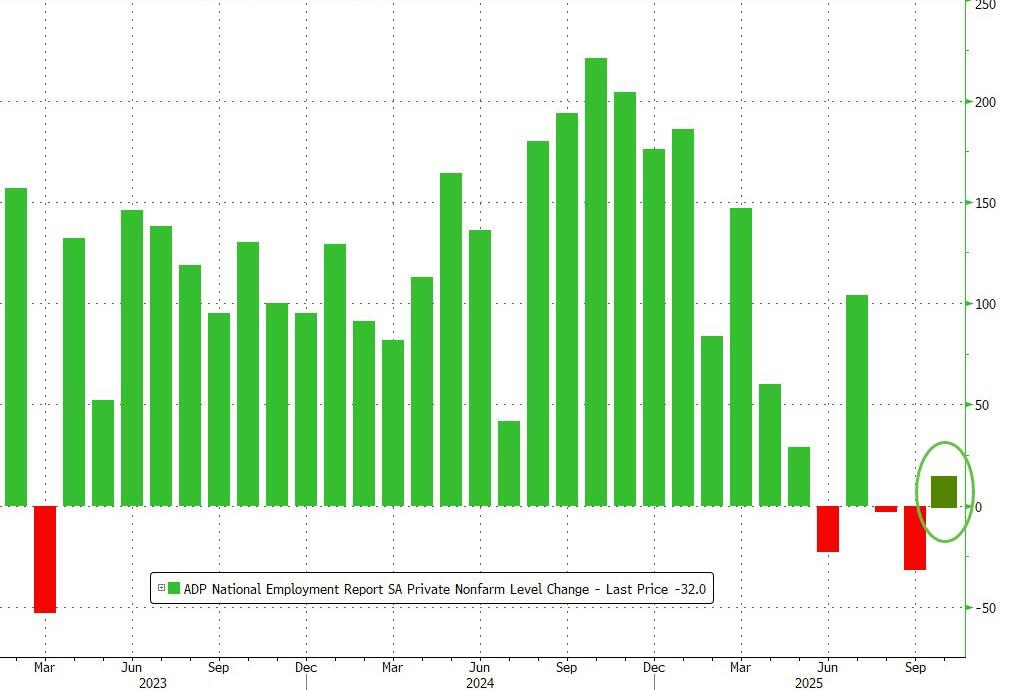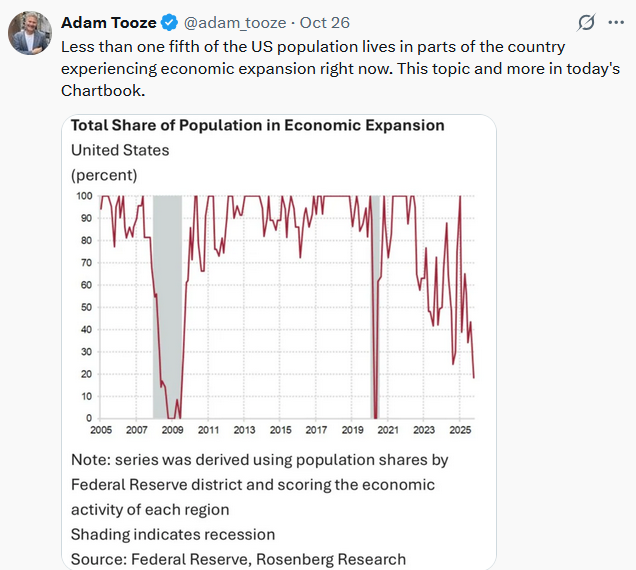Oil prices fall as key Russian port resumes loadings, easing supply risks
The phrase “debasing the currency” is all the rage in the media. Moreover, the debasement narrative is used to support the significant surge in gold and other precious metal prices. We have written a few articles on the subject of debasement, for example: Dollar Debasement and Debasement: What It Is and Isn’t.
To help further raise awareness of what we think is a faulty narrative, we turn debasement on its head and consider its opposite: How would the US government go about rebasing the currency?
Debasing is a structural change to the dollar; thus, rebasing the dollar refers to resetting its value or structure. Here are a few ways the government could go about rebasing the dollar:
- Return To The Gold Standard: In 1971, President Nixon removed the currency from the gold standard. We would argue that was a true debasement. If we wanted to rebase the dollar, we could go back to a gold and or silver standard.
- Redenomination: This involves revaluing the currency by changing its nominal value. For example, the Treasury could state that one new dollar is equal to $100 old dollars.
- Pegging To A Commodity Or Asset: Similar to the gold standard, nations have valued their currency versus a commodity, a basket of commodities, or even other currencies. To rebase, we might peg the dollar to oil prices or the euro.
- Digital Currency: Rebasing could involve transitioning to a digital dollar with a new structure.
Now ask yourself: if the government is truly debasing the currency, are they really doing the opposite of any of the rebasing bullet points listed above? If your answer is no, the dollar is not getting debased.
ADP’s New Weekly Update Points To Continued Weakness In The Labor Market
On Tuesday morning, ADP announced it would release a weekly summary of its job data going forward. This will provide a more real-time measure of the labor market than their monthly comprehensive report. And with that announcement, ADP also provided the weekly update. Per ADP:
The preliminary U.S. estimate is an average increase of 14,250 jobs in the four weeks ending on October 11, 2025, according to the ADP National Employment
The following quote from its Chief Economist, Dr. Nela Richardson, better explains their motivation for more timely reporting, as follows:
For nearly two decades, we have provided our valuable labor market data to the public at no cost through the ADP National Employment Report. ADP’s near real-time employment data, released weekly, will now provide an even clearer picture of the labor market at this critical time for the economy,” said Dr. Nela Richardson, chief economist, ADP. “This high-frequency employment pulse, like the monthly National Employment Report, is based on ADP’s anonymized and aggregated administrative data on private-sector payrolls, providing a dynamic view of job creation and loss at an unprecedented level of weekly detail.”
The graph below, courtesy of ZeroHedge, shows the recent spate of weakness in the labor markets.
Want To Buy OpenAI?
OpenAI, the developer and manager of ChatGPT and other AI models, is a private company. Thus, becoming a shareholder for most non-institutional investors is near impossible. Given its significant earnings potential, investing in this company could prove fruitful. Although most individuals cannot become direct shareholders, they can own OpenAI indirectly.
For instance, it was reported yesterday that Microsoft reached an agreement with OpenAI regarding its ownership stake. Under this new pact, Microsoft will now hold a 27% stake in OpenAI. Per the press release, the 27% ownership is valued at $135 billion. This puts OpenAI’s valuation at around $550 billion. Nvidia (NASDAQ:NVDA) is another investment option. The company intends to acquire a 25% stake in OpenAI through its $100 billion investment.
A shareholder can indirectly hold a substantial stake in OpenAI through Microsoft (NASDAQ:MSFT) and Nvidia. However, while the benefits of holding OpenAI could prove significant for those companies, they already have many other sources of revenue and earnings. Thus, even if OpenAI proves to be an excellent investment for those companies, their shareholders may not necessarily benefit. The chart below, courtesy of SimpleVisor, shows that Microsoft opened up about 2.5% on news of the OpenAI arrangement.
Tweet of the Day

